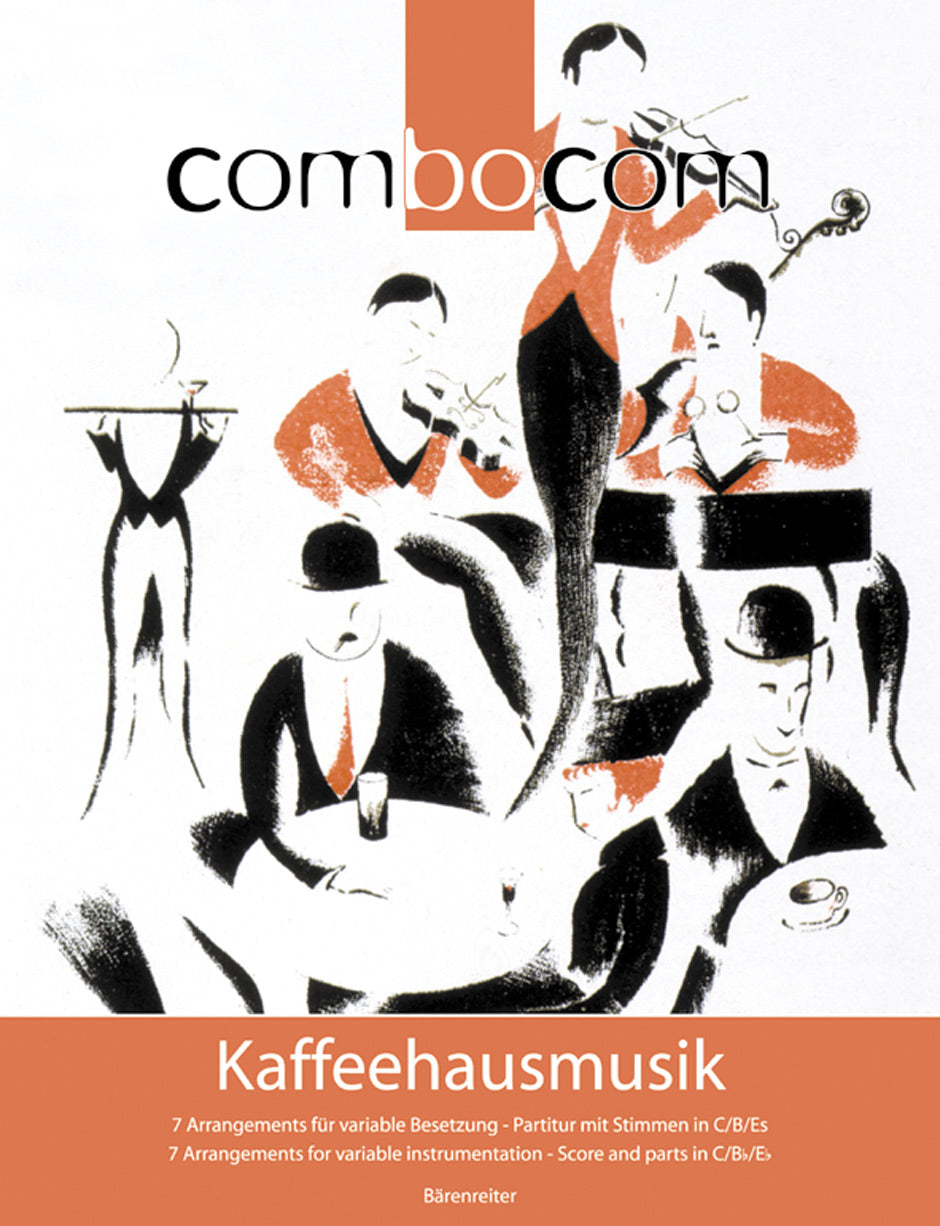
BARENREITER - 345062
Kaffeehausmusik 7 Arrangements for Variable Instrumentation
Composer: Various Composers
Publisher: Bärenreiter
Instrumentation: Mixed
Format: Chamber Parts
Kaffeehausmusik 7 Arrangements for Variable Instrumentation
Juilliard Store
144 West 66th Street
New York NY 10023
United States
Choose options
Kaffeehausmusik 7 Arrangements for Variable Instrumentation
Juilliard Store
144 West 66th Street
New York NY 10023
United States
Kaffeehausmusik 7 Arrangements for Variable Instrumentation
Juilliard Store
144 West 66th Street
New York NY 10023
United States
Arranger: Breig, Bertold
Product format: score, set of parts
Binding: Stapled
Pages / Format: 36/8/7/9/8/7/8/8 - 30,0 x 23,0 cm
They hardly exist any more: the coffee-house pianists and tuxedoed gypsy violinists who used to play background music at coffee houses in the good old days. And what things they played! Of course there were the latest hits from operettas and the movies, even folk tunes, such as “Cherry Season” or “Dark Eyes”. And it goes without saying that classical and romantic music was heard as well: Dvorak's famous Humoresque is salon music in the best sense. Our collection is aimed at musicians who want to play in small groups, from duos to quintets.
The choice of instruments may vary; the only obligatory parts are Melody I (sung or played) and the Piano part, which can be replaced as need be by another melody instrument (e.g. a guitar). Melody II can join in, but it doesn't have to. The ensemble can be rounded off with bass (the part is written out) and drums (suggested patterns).
